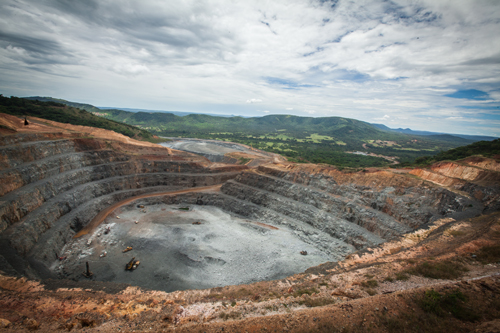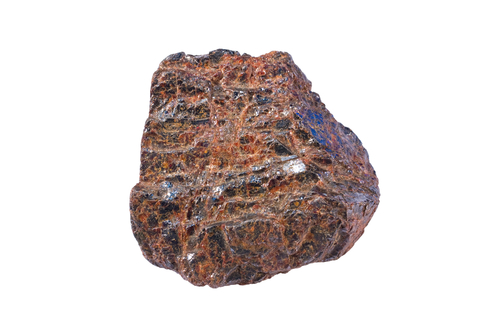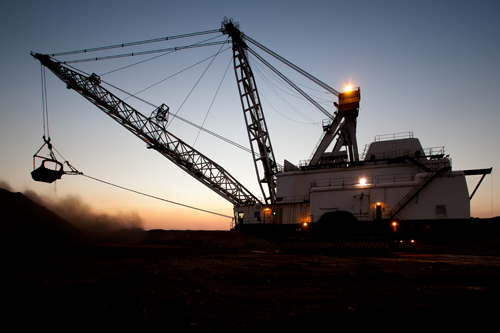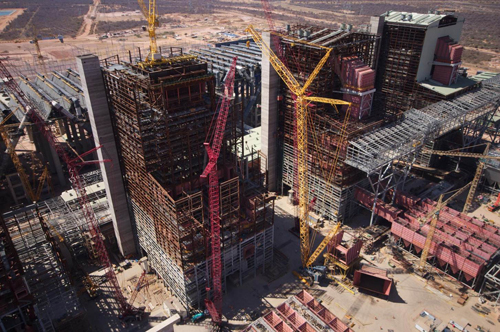
Founded in 1992 by sisters Caron and Elaine Harris, FATS (the initials stand for Forwarding African Transport Services) has been built up from nothing to become a R200 million services company and a major player in the South African freight forwarding industry.
DOWNLOAD
 FATS-Africa-T&L-Nov13-Bro-s.pdf
FATS-Africa-T&L-Nov13-Bro-s.pdf










